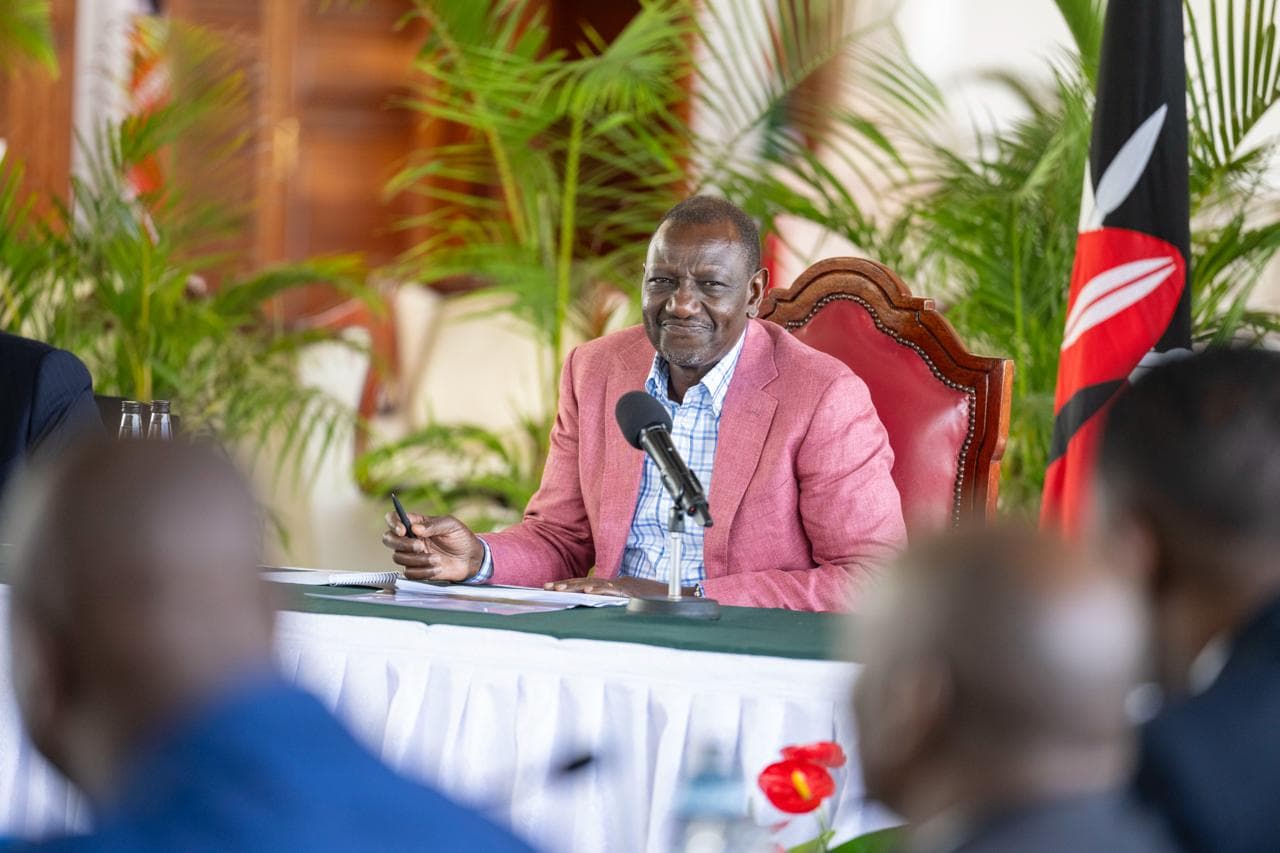Loading News Article...
We're loading the full news article for you. This includes the article content, images, author information, and related articles.
We're loading the full news article for you. This includes the article content, images, author information, and related articles.
The Kenyan government has rolled out a KSh 5 billion initiative, NYOTA Mtaani, aimed at empowering 820,000 young people, including those with disabilities, through grants, skills training, and job creation.

The Kenyan government has officially launched the National Youth Opportunities Towards Advancement (NYOTA) Mtaani program, a KSh 5 billion initiative designed to empower 820,000 young people across the country. The program, a collaboration between the government and the World Bank, focuses on providing grants, skills development, and employment opportunities, with a specific emphasis on inclusivity for youth living with disabilities.
President William Ruto announced the rollout, urging Members of Parliament, county governments, and administrators to actively support youth-centered initiatives. The funds are expected to be disbursed by the end of October 2025.
Youth empowerment is a critical component of Kenya's economic, social, cultural, and political transformation agenda. The country's youth, aged 30 years and below, constitute 71% of the population, with those aged 15-30 years accounting for approximately 31%. Despite this significant demographic, youth unemployment remains a considerable challenge, with about 67% of the unemployed being young people, over 92% of whom lack vocational or professional skills.
The government has historically implemented various initiatives to address youth unemployment, including the restructuring of the National Youth Service (NYS), the Uwezo Fund, and the allocation of 30% Access to Government Procurement Opportunities (AGPO) for youth, women, and persons with disabilities.
The NYOTA Mtaani program targets unemployed youth aged 18 to 29 years, extending the age limit to 35 years for persons with disabilities. Beneficiaries should have a maximum of Form 4 level education. The program aims to reach 50% of Kenya's women population and youth in refugee camps in Garissa and Turkana.
The initiative is structured around four key interventions:
Additionally, the government plans to identify up to 700,000 youth to facilitate their access to KSh 200 billion worth of public procurement opportunities reserved for young people, women, and persons with disabilities.
Kenya has a robust policy and legal framework aimed at promoting the inclusion of persons with disabilities. The Persons with Disabilities National Policy, 2024, launched in July 2025, outlines the government's commitment to creating an inclusive society by improving access to education, healthcare, jobs, and public participation. This policy is backed by the new Persons with Disabilities Act, 2025, which replaces the 2003 law and introduces stronger legal safeguards for accessibility, representation, and inclusive infrastructure.
Article 54 of the Kenyan Constitution mandates that at least 5% of public appointments go to persons with disabilities, a target that has yet to be fully achieved. The Public Procurement and Disposal Act (2015) also reserves 30% of government procurement contracts for youth, women, and persons with disabilities. However, studies indicate that only 4.9% of registered firms accessing these opportunities are owned by persons with disabilities, highlighting implementation challenges.
According to the 2019 national census, 2.2% of Kenyans aged five years and above, or 918,270 people, live with a disability. Other estimates vary, with some reports suggesting the figure could be as high as 2.3 million. A significant portion of the disabled population is young, with 21% aged 15-24 years and 13.5% aged 25-34 years.
Despite policy frameworks, youth with disabilities often face significant challenges, including limited access to quality education, financial support, and employment opportunities. For instance, 16% of children and youth with special needs are out of school. Furthermore, persons with disabilities in urban areas are 7 percentage points less likely to access required health services compared to their rural counterparts.
Analysts suggest that the effective implementation of the NYOTA Mtaani program will depend on clear timelines, transparent cost structures, and robust safeguards to ensure equitable access for all targeted beneficiaries, especially persons with disabilities. The success of such initiatives is crucial for fostering inclusive development and preventing further marginalization of vulnerable groups.
The coming months will be critical for observing the initial impact of the NYOTA Mtaani program. Key areas to monitor include the transparency of grant disbursements, the effectiveness of skills training in leading to employment, and the actual participation rates of youth with disabilities in the various interventions. The government's commitment to addressing the identified roadblocks in accessing procurement opportunities for persons with disabilities will also be a significant indicator of the program's success.